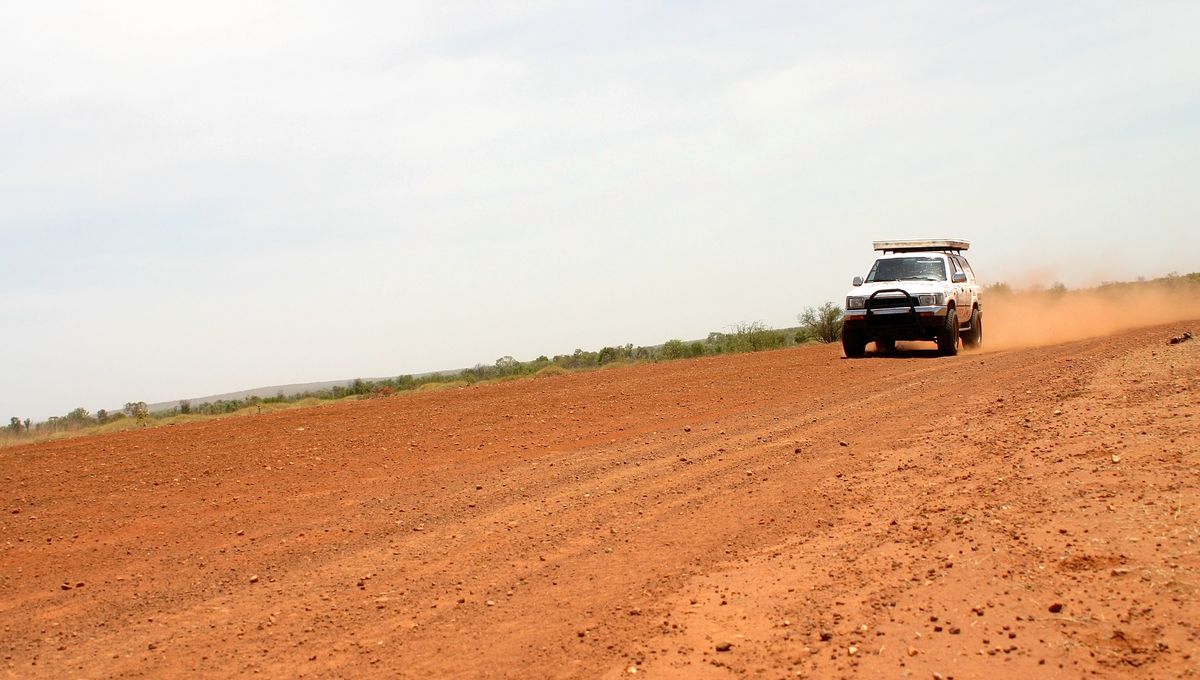
Linguists have documented what they believe to be a new language that’s been quietly blooming in Lajamanu, a remote village in the Northern Territory of Australia predominately inhabited by Warlpiri people.
Known as Light Warlpiri or Warlpiri rampaku, it’s a mixed language created by blending different elements of standard Australian English with Warlpiri – an Aboriginal language spoken by a few thousand Indigenous people in northern Australia – and Kriol – an English-based creole developed in the late 19th century/early 20th century.
This cultural curiosity has been deeply studied by Carmel O’Shannessy, a linguistics professor at the Australian National University, who first reported the “new language” in 2005.
She believes that it surfaced in the 1970s and ’80s when some of the Warlpiri adults started using the occasional English or Kriol word in the middle of Warlpiri sentences. This is what’s known as code-switching, essentially when a speaker alternates between two or more languages as they speak. When the children heard these mashed-up sentences being spoken, they processed it as a single language and developed it from there.
“For a mixed language to develop you have to have bilinguals or multilinguals, who code-switch a lot, in a very systematic pattern, and who have some kind of social reason to create their own way of speaking,” O’Shannessy told Atlas Obscura in 2018.
“Code-switching doesn’t usually lead to this kind of outcome, it’s fairly rare,” she explained.
Years on, the system of language has continued to evolve naturally and has even become the mother tongue of some people in Lajamanu. Even traditional Warlpiri is considered to be “highly endangered” and spoken by just 4,000 people, but Light Warlpiri is even more obscure, spoken and understood by just 350 people or so, the majority of whom are under the age of 40.
Lajamanu is incredibly remote. The closest community is Daguragu, about 110 kilometers (68 miles), while the nearest town of significant size is Katherine, which is over 560 kilometers (350 miles) and takes around 6 hours to drive to. Much of this journey is along “unsealed” dirt roads that are in poor repair. This intense isolation is, in part, what allowed Light Warlpiri to emerge, a bit like how secluded islands see some of the most unique animals evolve.
It isn’t just odd words and phrases that are switched out and borrowed. As O’Shannessy explains, the fundamental structure of the language is influenced by different elements from Warlpiri, English, and Kriol.
In most languages, it is uncommon to hear structures of the verb system and noun system from different, distant languages. However, in Light Warlpiri, the verbs mainly come from English or Kriol, while most of the other grammatical components in the sentence stem from Warlpiri.
“The structure of Light Warlpiri overall is that of a mixed language, in that most verbs and some verbal morphology are drawn from English and/or Kriol, and most nominal morphology is from Warlpiri. Nouns are drawn from both Warlpiri-lexicon and English-lexicon sources,” she wrote in a paper about Light Warlpiri published in 2013.
“The restructuring of the auxiliary system draws selectively on elements from Warlpiri and several varieties and styles of English and/or Kriol, combined in such a way as to produce novel constructions,” O’Shannessy added.
If you want to hear what it sounds like, you can listen to the clip above which features a young girl telling a story about a monster in Light Warlpiri.
Source Link: A New Language Spoken By Just 350 People Has Evolved In Australia's Outback